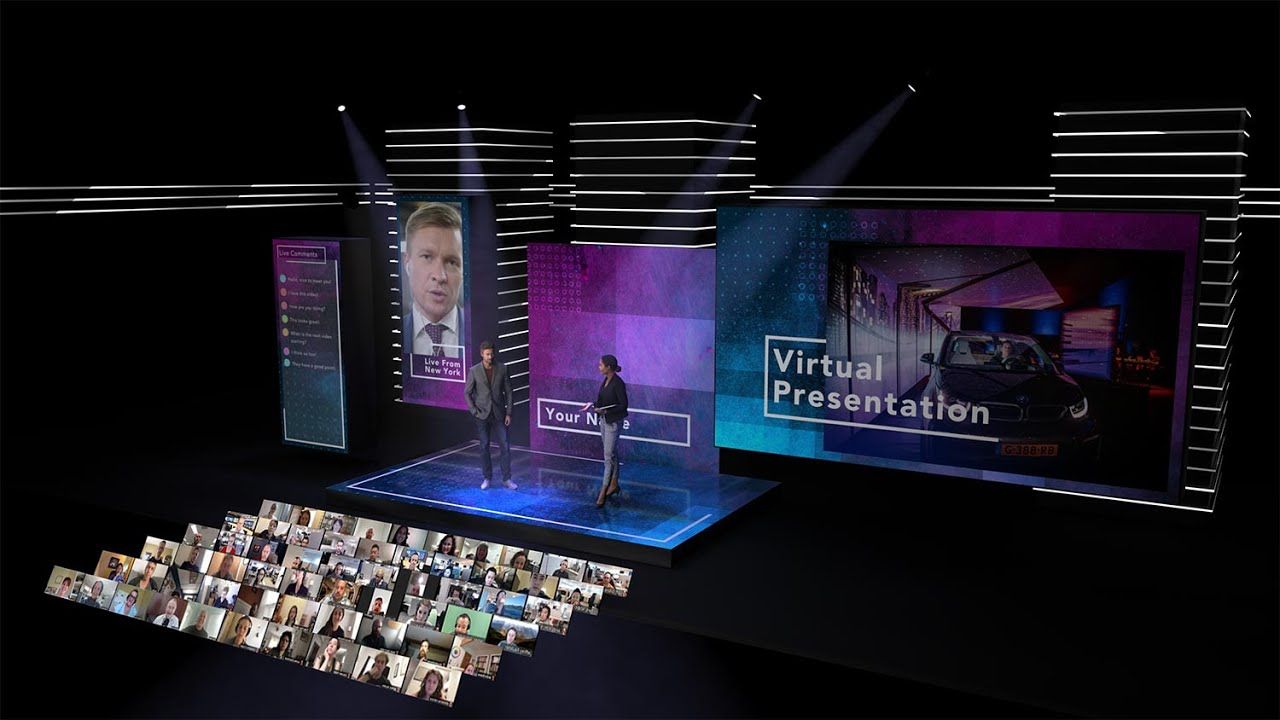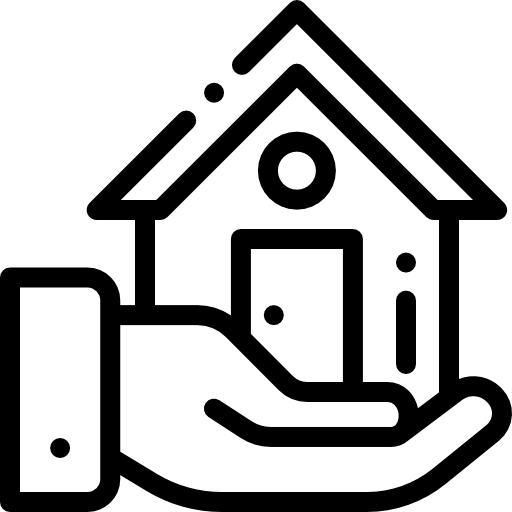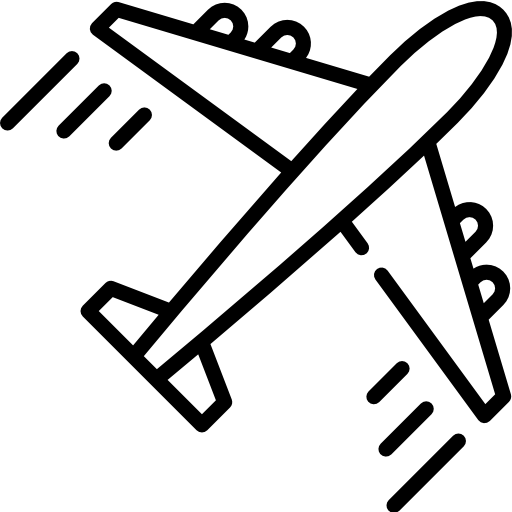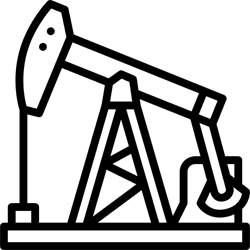Producers hoping to engage their audiences outside the confines of two-dimensional screens have looked to 3D virtual event platforms. Such immersive spaces combine realistic graphics, interactive features, and live communication channels to enhance online meetings. By utilizing the power of 3D event technology, hosts are able to create stronger bonds, enhance interaction, and provide memorable experiences beyond the limitations of video conferences.
Designing Immersive Spaces
In a sense, one of the real attractions of any 3D virtual event is that it can copy real-world rooms, exhibition spaces, auditoriums, or even casual lounges, with a photorealistic simulation. It is up to the avatars to walk the guests in and click on-demand videos and product demos or join live speaker sessions as they stroll through.
This virtual navigation mimics the in-person exploration of a journey and really enhances the idea of virtual event participation. Attendees can tap on the booth, scroll through catalogues, have an instant Q&A session, or download brochures, all these possible actions without stepping out of the space.
Enabling Spontaneous Networking
Discussions previously conducted serendipitously at coffee bars can now occur in specialized lounge spaces or speed networking pods within a 3D virtual event. Proximity-driven audio and video make it so that when two avatars approach each other, an automatic chat window appears.
Organizers also can design networking cues, icebreaker games, trivia questions, or brief polls, that stimulate group conversations. The cumulative effect of these little interchanges makes people feel seen and heard and increases overall virtual event engagement.
Facilitating Interactive Content Delivery
Speakers may also use the virtual stage for interactive charts, live polls, or 360-degree product models as alternatives to traditional slide decks. As the speaker might point to a certain point, the associated graphic is then clicked by the audience to zoom in, rotate, or annotate it.
Such engagement not only maintains focus but also allows for instant feedback. Post-session, hosts may review which assets garnered clicks or questions, converting those statistics into actionable data for upcoming events.
Leveraging Real-Time Analytics
One of the underappreciated advantages of 3D event technology is the sheer quantity of data it creates. All movement, all clicks, and all conversation threads are traceable.
Hosts can see foot traffic flows, where virtual booths were most popular, and track dwell time on highly relevant content. By studying these maps of behavior, teams optimize layouts, reschedule sessions, and customize follow-up messages. This feedback loop, in turn, enhances engagement levels and ROI.
Tailoring Branding and Ambiance
Brand identity comes alive in a 3D space. Hosts are able to substitute the stock backdrop with customized environments that evoke the corporate campus, flagship stores, or thematic landscapes. Be it an occasion like a virtual trade show nestled in the futuristic city ambience or the product launch on a digital rooftop terrace, a coherent visual design draws the attendees close.
The story of the event has been spiced up with custom avatars, branded swag giveaways, and themed avatars to make every single thing, from the moment of arrival to the time of departure, deliberately memorable.
Technical Considerations
Planning is involved in achieving invisible performance in a 3D virtual event. The said performance bandwidth is needed because high-resolution textures and real-time shadows require much more data throughput. Event organizers are supposed to have an alternative low-graphics option for visitors who may have a very poor internet speed.
Cross-platform compatibility is also essential: browser-based clients bypass the hassle of downloads, whereas dedicated desktop or mobile apps can enable additional graphical features. A short tech check or tutorial assists participants in troubleshooting audio, video, and navigation controls prior to the event’s proper start.
Driving Community Beyond the Event
The world created for a 3D virtual event need not dissolve when the closing remarks end. Replay zones let participants revisit sessions on demand. Built-in chat logs and message boards foster ongoing discussions. Event organizers can collect recorded sessions, interactive polls, and networking transcripts into an accessible digital hub, turning a one-off gathering into a living community resource. These post-event touchpoints sustain virtual event engagement and position the platform as a go-to destination for future gatherings.
Conclusion
As budgets tighten and remote work persists, delivering more than a standard livestream has become vital. By harnessing 3D virtual event platforms, organizers cultivate dynamic environments where exploration, interaction, and data converge.
Attendees leave with richer insights, stronger connections, and an experience that bridges the gap between physical and digital. With smart deployment of 3D event technology, every gathering can become an event that attendees eagerly anticipate.
For companies in Dubai seeking to explore this terrain, firms like Limina Studios are already helping organizations design and host fully customized 3D virtual event experiences. With a deep understanding of immersive spaces and user behavior, we support everything from technical setup to creative storytelling, all within tailored virtual environments that mirror real-world goals.






















